
The Role of Serverless Computing in Backend Development
Mar 13, 2025 4 Min Read 3006 Views
(Last Updated)
In the rapidly changing world of software development, serverless computing emerges as a game-changer for backend development. By freeing developers from the complexities of server management, serverless computing offers a more efficient, scalable, and cost-effective way to build and deploy applications.
This approach not only streamlines development processes but also revolutionizes how resources are utilized and paid for. This blog post aims to explain serverless computing, highlighting its impact on backend development. Let’s understand the ins and outs of serverless computing, shedding light on why it’s becoming an important part of the developer’s toolkit in the modern digital landscape.
Table of contents
- What is Serverless Computing?
- The Role of Serverless Computing in Backend Development
- Scalability: Automatic Scaling to Meet Demand
- Cost Efficiency: Pay-per-use Pricing Models
- Developer Productivity: Focus on Code Rather Than Infrastructure Management
- Reduced Time to Market: Faster Deployment Cycles
- Best Practices for Implementing Serverless Computing in Backend Development
- Designing for Failure: Error Handling and Retry Strategies
- Optimizing for Cold Starts
- Security Best Practices: Secure Coding and IAM Roles
- Monitoring and Debugging in a Serverless Environment
- Conclusion
- FAQs
- What is serverless computing in backend development?
- What challenges does serverless computing present?
- How can businesses adopt serverless computing effectively?
What is Serverless Computing?
Serverless computing is a cloud computing execution model where the cloud provider dynamically manages the allocation and provisioning of servers. Essentially, it allows developers to build and run applications and services without having to manage the underlying infrastructure.
Also Read: 7 Real-World Cloud Computing Engineering Applications
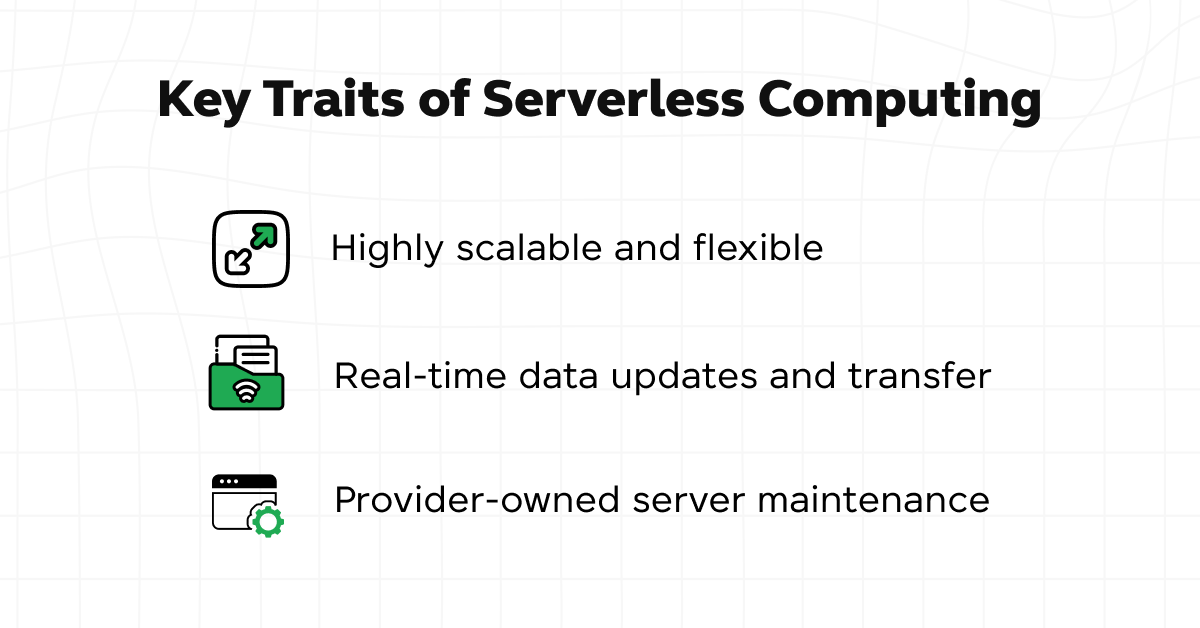
Now that we know what serverless computing is, let’s learn its important role in backend development. Enhance your understanding further by exploring GUVI’s Full Stack Development Course.
The Role of Serverless Computing in Backend Development
Serverless computing is transforming backend development by introducing efficiencies and flexibilities that were previously difficult or expensive to achieve. Its role is becoming increasingly significant as organizations look for ways to innovate faster, reduce costs, and scale effortlessly. Here’s how serverless computing is making a difference:
1. Scalability: Automatic Scaling to Meet Demand
Traditional backend systems often require manual scaling, which involves estimating traffic and pre-provisioning enough servers to handle peak loads. This approach not only requires significant effort and expertise but can also lead to overprovisioning and underutilization. Serverless computing, however, introduces automatic scalability.
The serverless platform automatically adjusts compute resources in real-time to match the demand. For applications with unpredictable or variable workloads, this means they can seamlessly handle spikes without any manual intervention or downtime. This auto-scaling feature ensures that applications remain responsive and performant regardless of the traffic volume.
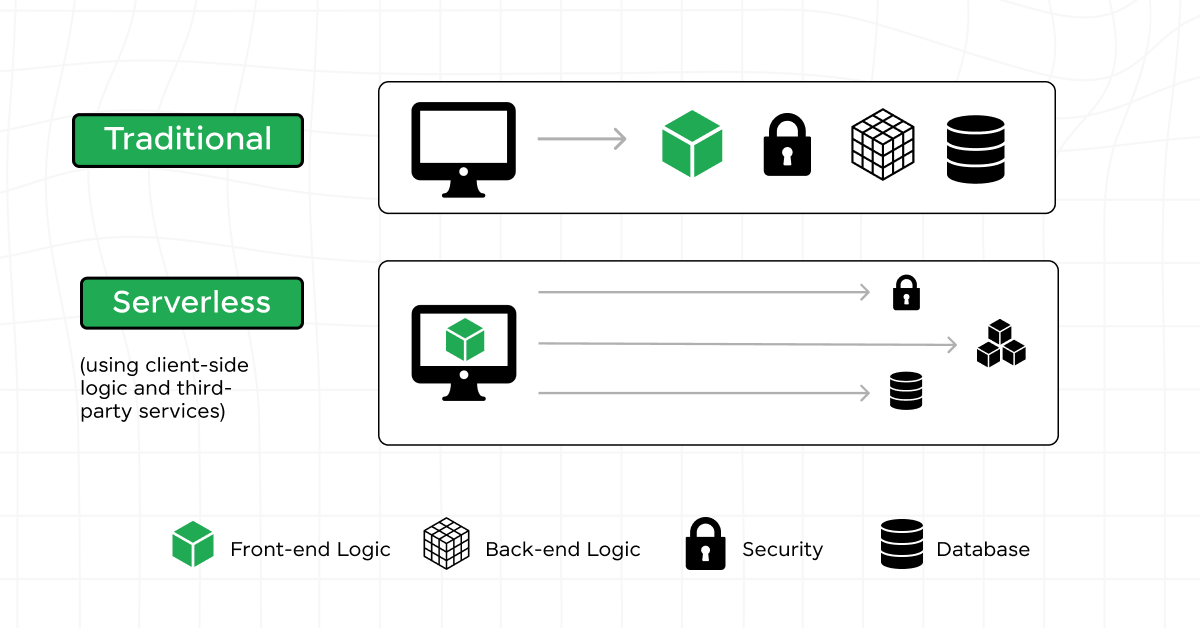
Also Explore: Top 6 Backend Frameworks That You Should Know
2. Cost Efficiency: Pay-per-use Pricing Models
The pay-per-use pricing model of serverless computing marks a shift from the traditional fixed-cost model. In the serverless model, costs are directly tied to actual usage — specifically, the number of executions and the execution time. This can lead to significant cost savings, especially for applications with fluctuating workloads, as you no longer need to pay for idle computing resources.
This model encourages experimentation and innovation since the financial risk associated with provisioning infrastructure for new projects is markedly reduced. Small teams and startups find this particularly advantageous as it allows them to deploy scalable applications with minimal upfront costs.
Also Read: Master Backend Development With JavaScript | Become a Pro
3. Developer Productivity: Focus on Code Rather Than Infrastructure Management
Serverless computing abstracts away the complexities associated with infrastructure management. Developers can focus on writing code that delivers business value, rather than worrying about server provisioning, maintenance, and scaling. This streamlined workflow reduces the cognitive load on developers, enabling them to be more productive and iterate faster.
The reduction in operational responsibilities also fosters closer collaboration between development and operations teams, further enhancing productivity and accelerating the development lifecycle.
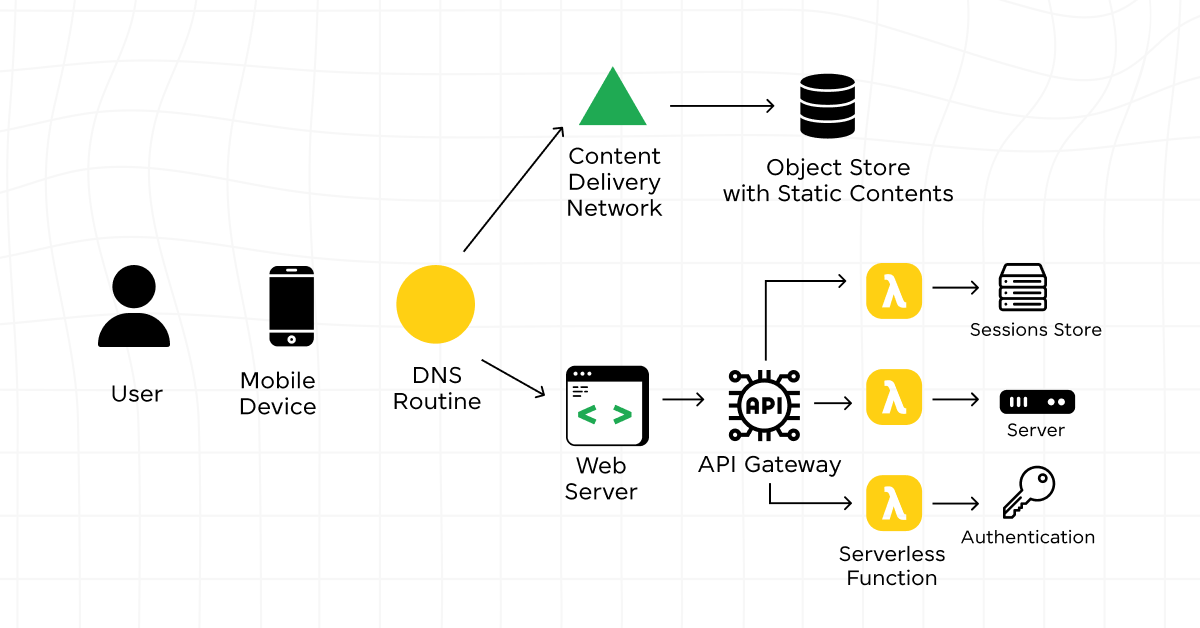
4. Reduced Time to Market: Faster Deployment Cycles
The serverless architecture simplifies and accelerates the deployment process. Since the cloud provider manages the underlying infrastructure, the time from code completion to deployment can be significantly shorter. This agility enables businesses to respond more quickly to market changes or customer needs. Additionally, serverless computing supports a microservices architecture, where applications are built as a collection of small, independent services.
This can further reduce deployment times, as updates can be made to individual services without redeploying the entire application. Serverless computing is reshaping backend development by offering scalable, cost-effective, and developer-friendly solutions. Its impact extends beyond technology, influencing organizational agility, innovation, and the ability to compete in today’s fast-paced digital environment.
As serverless technologies continue to evolve and mature, their role in backend development is set to become even more important.
Also Read: Top 10 Cloud Computing Trends You Should Know
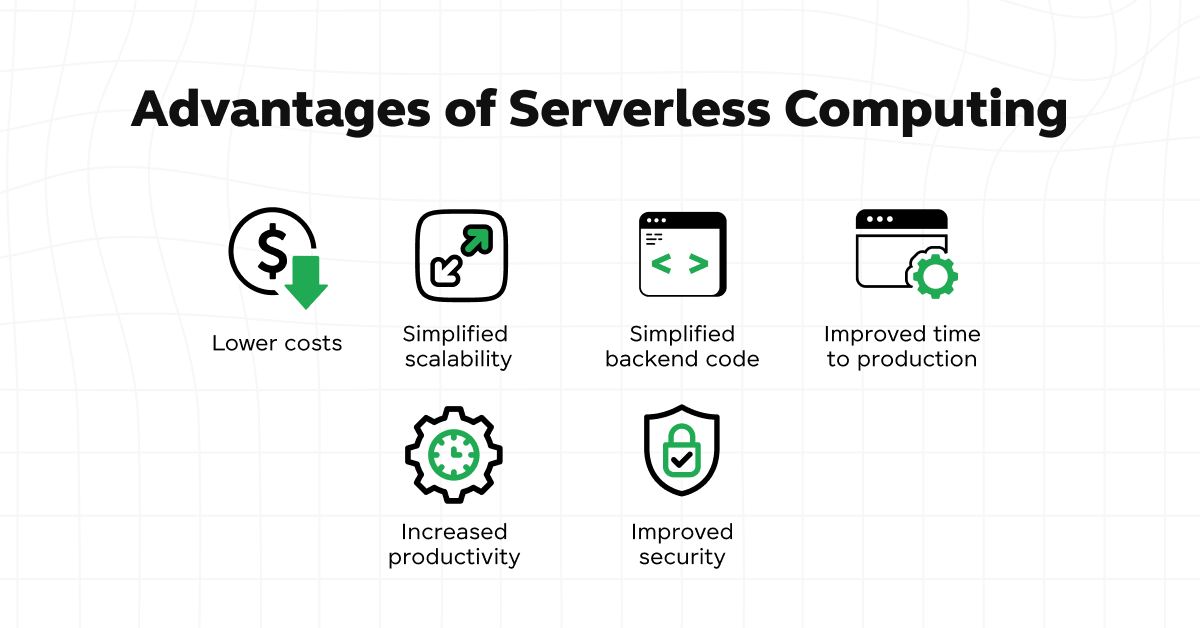
Now that we’ve explored the significance of serverless computing in backend development, let’s learn the best practices for effectively implementing this innovative approach.
Also Read: Best YouTube Channels to Learn Cloud Computing Engineering
Best Practices for Implementing Serverless Computing in Backend Development
Implementing serverless architectures in backend development can offer significant advantages in terms of scalability, cost, and deployment speed. However, it’s important to follow best practices tailored for the serverless model to fully use these benefits while mitigating potential drawbacks. Here are some key strategies:
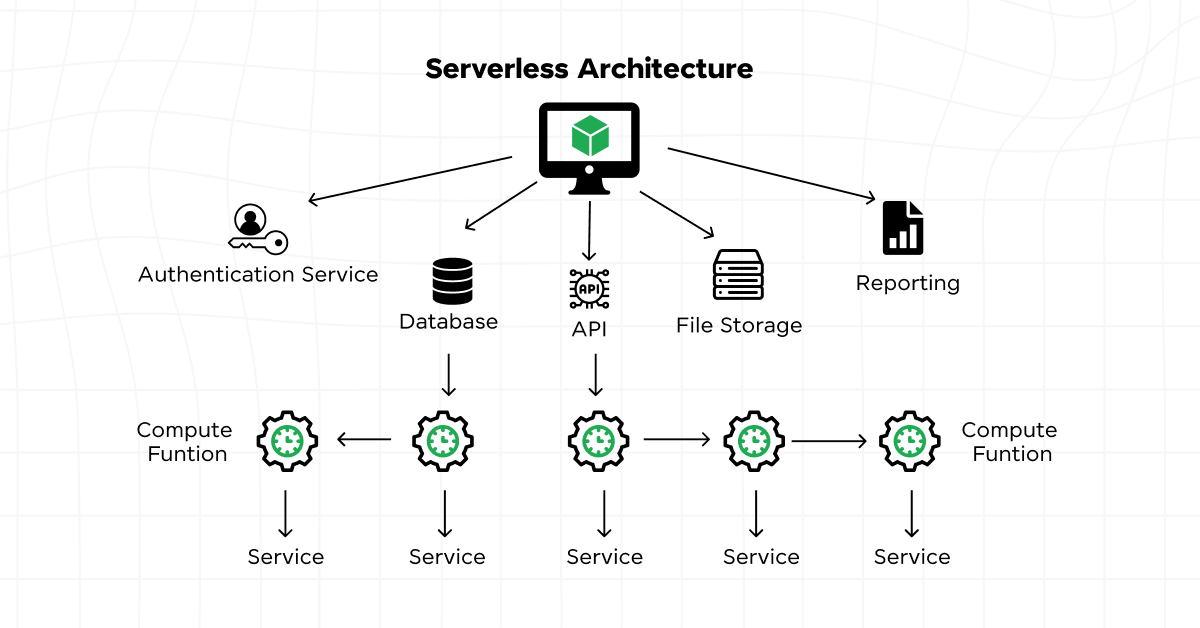
1. Designing for Failure: Error Handling and Retry Strategies
- Idempotency: Ensure that functions are idempotent, meaning they can be executed multiple times without changing the result beyond the initial application. This is important for retry logic, where the same request might be retried multiple times in case of failures.
- Dead Letter Queues (DLQs): Utilize DLQs to handle events or messages that can’t be processed after several attempts. Analyzing these can help in understanding and rectifying the root causes of failures.
- Graceful Degradation: Design services to degrade gracefully in case of a failure in one part of the system, ensuring that the entire system doesn’t fail and can still provide partial functionality.
Explore: 9 Astounding Websites To Learn Cloud Computing
2. Optimizing for Cold Starts
- Keep the Codebase Lean: The size of your codebase and dependencies can significantly impact cold start times. Keeping your functions lean and efficient helps reduce these delays.
- Use Warm-up Plugins: Implement a warm-up strategy using plugins or scheduled events to keep functions “warm,” reducing the likelihood of cold starts impacting performance.
- Choose the Right Language and Runtime: Some languages and runtimes have faster start-up times than others in a serverless context. Experimenting with different options can help in minimizing cold start issues.
3. Security Best Practices: Secure Coding and IAM Roles
- Principle of Least Privilege (PoLP): Assign only the minimum permissions necessary for your functions to perform their intended tasks. Overprivileged functions can pose a significant security risk.
- Environment Variables for Sensitive Information: Use environment variables to manage sensitive information like database credentials, ensuring they’re not hard-coded in your function’s code.
- Secure Coding Practices: Follow secure coding guidelines to mitigate risks such as injection attacks, ensuring input validation and output encoding are properly implemented.
4. Monitoring and Debugging in a Serverless Environment
- Integrated Monitoring Tools: Utilize the cloud provider’s integrated monitoring and logging tools (such as AWS CloudWatch or Azure Monitor) to track function executions and performance metrics, and to log data.
- Distributed Tracing: Implement distributed tracing to monitor and debug transactions that span multiple functions or services. This is important in a microservices architecture where components are loosely coupled.
- Alerting and Notifications: Set up alerts based on metrics and logs to notify teams of issues in real time. This proactive approach can help in quickly identifying and resolving problems.
Also Read: Promising Scope of Cloud Computing
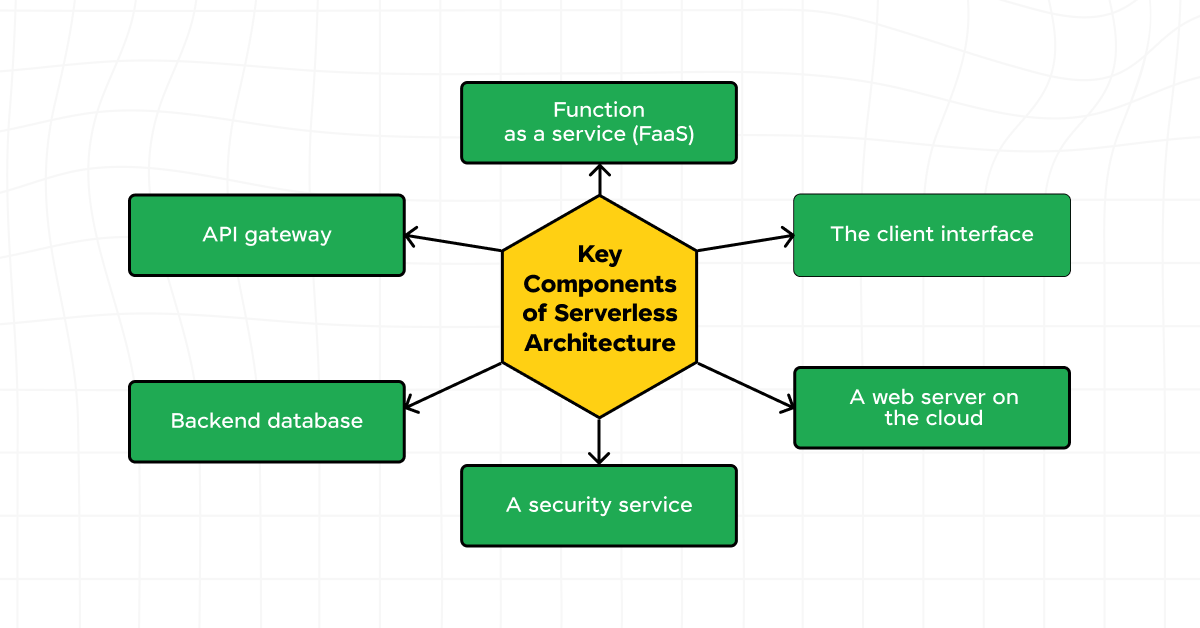
Following these best practices can significantly improve the reliability, performance, and security of serverless applications in backend development. As serverless computing continues to evolve, staying updated with the latest practices and tools will be key to maximizing its benefits.
Also Read: List of Top 30 AWS Services
Conclusion
Serverless computing is more than just a technological innovation; it’s a catalyst for change in the software development industry. As we move forward, its impact on backend development is expected to grow, driving further advancements in cloud computing and empowering developers to build the next generation of scalable, efficient, and innovative applications.
Embracing serverless computing, with its benefits and challenges, is not just about adopting a new set of tools; it’s about embracing a new mindset that prioritizes agility, innovation, and efficiency.
Also Read: Top 10 Cloud Computing Project Ideas
FAQs
Serverless computing is a cloud model where the cloud provider manages server provisioning and scaling, letting developers focus on coding without managing infrastructure. It impacts backend development by offering scalability, cost efficiency, and enhanced developer productivity, leading to quicker deployment cycles.
The main challenges include cold starts, which can cause latency; security concerns, requiring a different approach to securing applications; monitoring and debugging complexities due to the distributed nature of serverless applications; and the risk of vendor lock-in, making it hard to switch cloud providers.
To effectively adopt serverless computing, businesses should start with small, non-critical projects, apply serverless design best practices, use specialized monitoring and debugging tools, educate their teams on serverless concepts, and carefully choose cloud providers to minimize vendor lock-in risks.
























![What is TypeScript? A Beginner's Guide [2025] 10 typescript](https://www.guvi.in/blog/wp-content/uploads/2025/05/What-is-TypeScript_-A-Beginners-Guide.png)



![What is ReactJS? A Beginner's Guide [2025] 13 what is reactjs](https://www.guvi.in/blog/wp-content/uploads/2025/04/What-is-ReactJS_-A-Beginners-Guide.png)
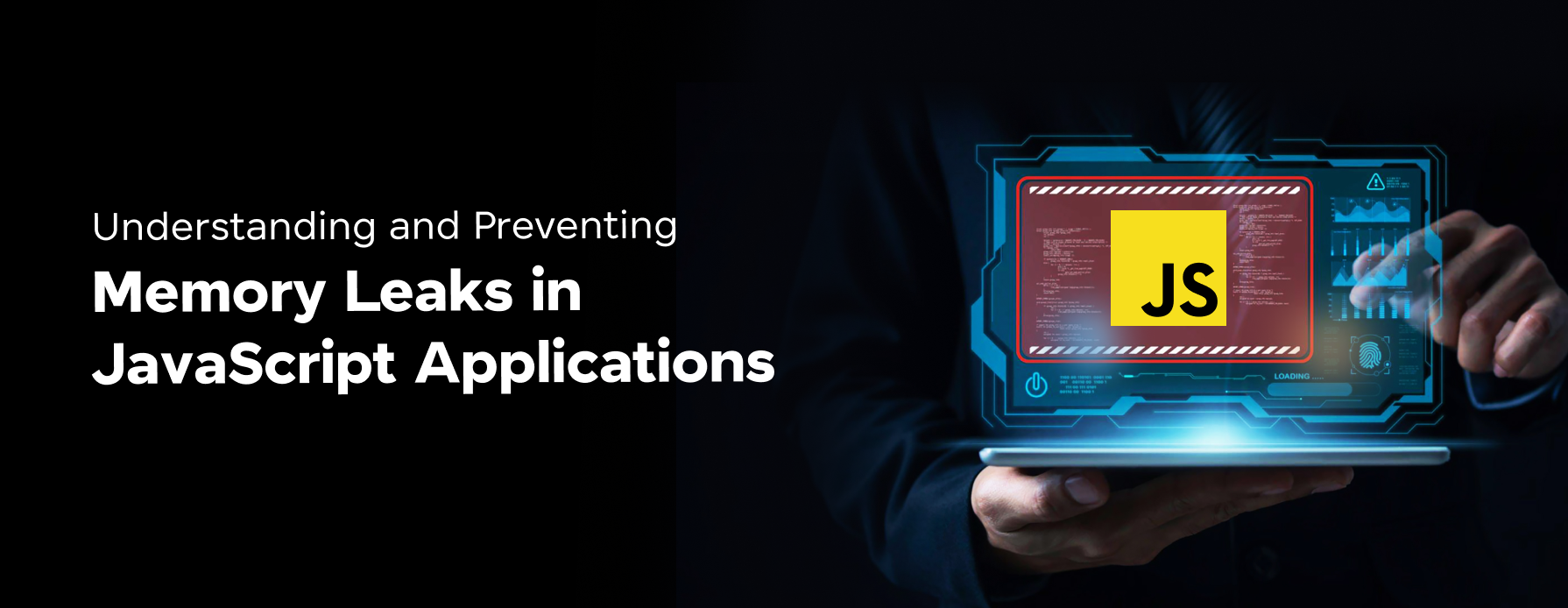


Did you enjoy this article?